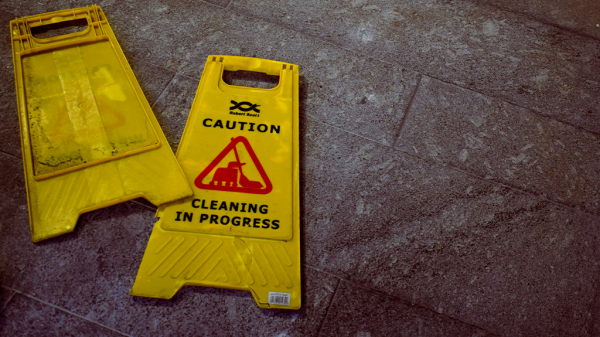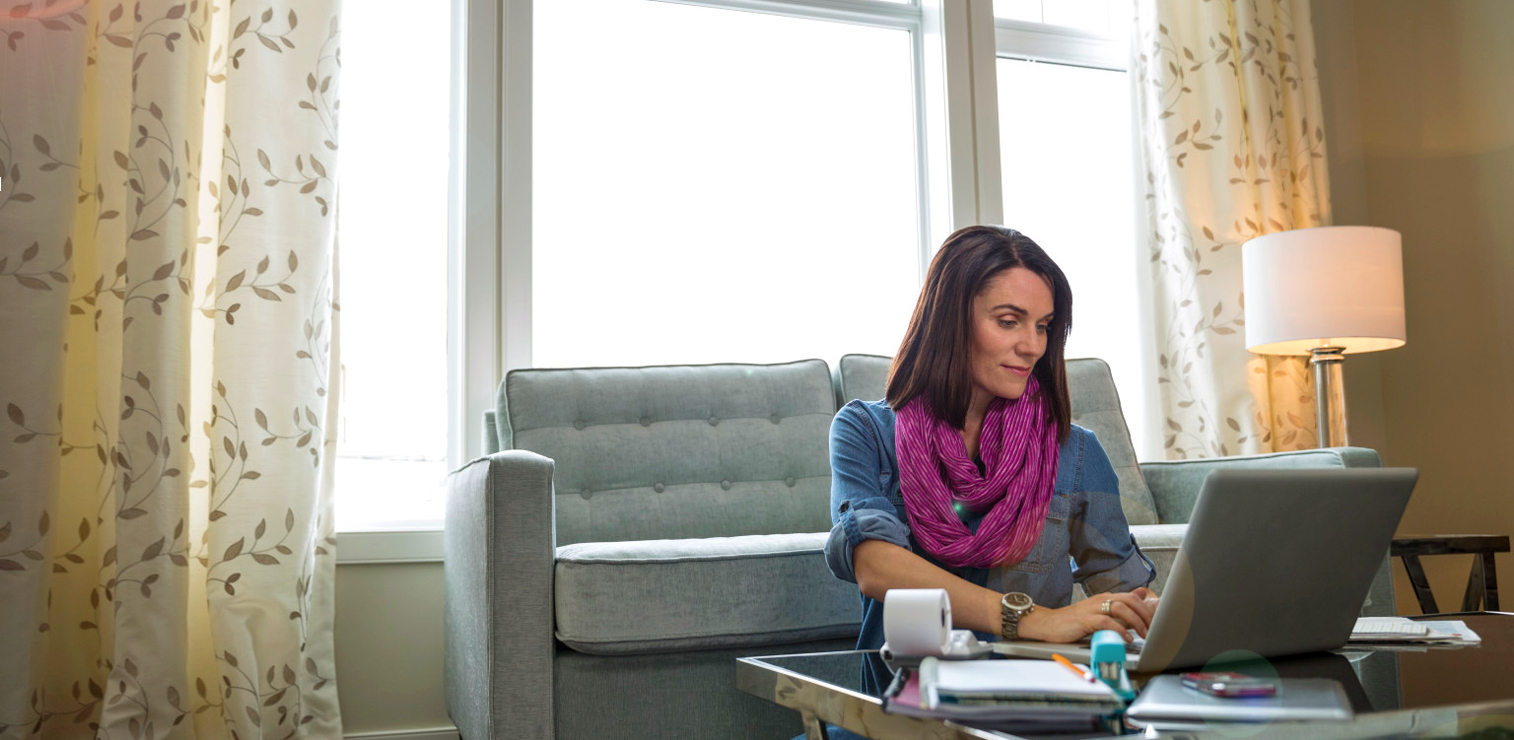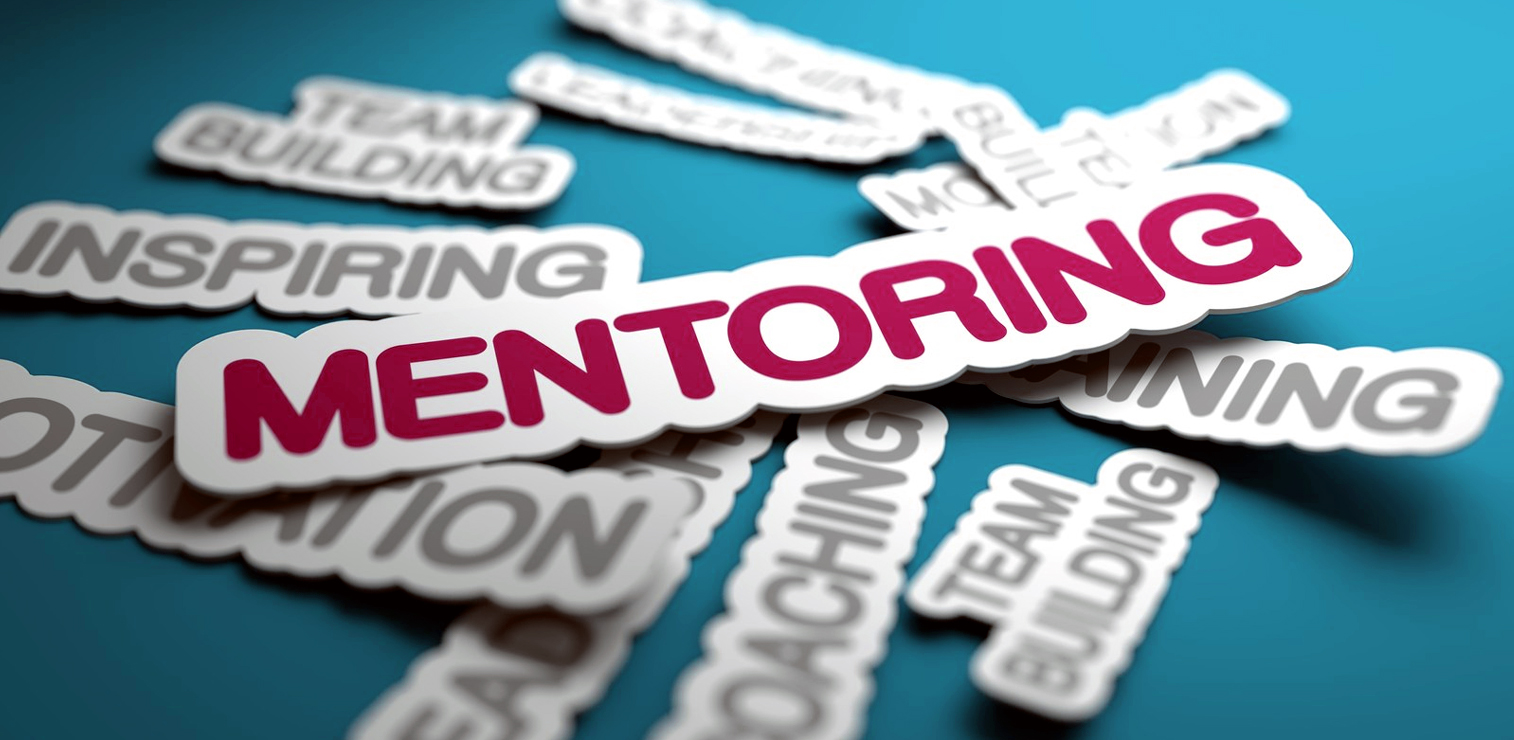 A colleague invited me to his Broker’s Open House recently. You know the drill. A number of Realtors who have no real interest or prospect for a given property show up to partake in bad chain restaurant pasta and stale bread sticks. On rare occasions we rejoice over a cookie for dessert.
A colleague invited me to his Broker’s Open House recently. You know the drill. A number of Realtors who have no real interest or prospect for a given property show up to partake in bad chain restaurant pasta and stale bread sticks. On rare occasions we rejoice over a cookie for dessert.
This particular colleague is a sharp agent. He’s been around for several decades and made a pretty good living over that time. He has a reputation for integrity and a high level of ethics and is widely respected by his peers. Yet 12 and ½ seconds after walking into his listing all I could wonder is why.
This home was riddled with pink Frieze carpet, pickled oak kitchen cabinets with white appliances and had a basement that in that over its 2196 square feet had not one inch of floor coverings. It had drywall, paint, a finished bath, great daylight windows, wiring for a theater, brand new polished pewter light fixtures but no floor covering. Just poured concrete. In other words this home had some warts and I’ve not included all of them here.
In addition to being supportive of my colleague, my interest in going had its selfish side. I had a listing the next street over from agent Ron and I was curious to see how it stacked up against mine. In the interest of fairness, my listing had warts too. An entire case of Compound W wasn’t curing what ailed what my sellers had done to their home from the personal décor to the lack of certain fundamental amenities for the price point. Yet there was a difference. Agent Ron had agreed to take his shiny new listing at 150% of what mine was on the market for.
Like a man who was completely unaware…
My listing had been up for over 16 months and had price reductions of nearly 38% of the original listing value and still was not sold. Both properties were within 200 square feet of each other and had similar lots. Both were in price points with limited activity and nearly 8 years worth of supply. Yet despite all of those issues, Agent Ron cheerfully greeted each of us at the door like a man who was completely unaware of what was in front of him.
He, like many of us, was about to walk into the land of wasted marketing dollars and lost Sunday afternoons staring at bad family pics of other people’s trips to Boca while countless neighbors trudged past us and our neatly printed color flyers. Yes agent Ron, this was about to become your life.
And here’s the point…
Here’s the point of all of this: In the current market environment there is so much more clarity than there used to be. We’re not in a world of rapidly increasing valuations that sometimes warrant Realtors taking listings they weren’t sure about. Most all of us live in a world where a major percentage of the available inventory have values that are pretty clearly defined.
In addition, we also have the coveted HVCC that’s also begun to dictate where we can even close properties at in terms of value. We as an industry have the ability to look into the crystal ball in a more precise way than ever. So why is it so many agents are still taking listings that have no reasonable chance anywhere near their current list price? It can’t be desperation….not selling a listing doesn’t help anyone’s finances. It can’t be lack of knowledge because the data is more clear than ever.
So why? While there may be a myriad of reasons, there are no acceptable excuses. The reality is that propping up homes that have no realistic chance of selling at a given price is a terrible impediment to a true recovery. By doing this we slow the process of ‘finding the bottom.’ As a very wise old Realtor once told me….’I can stay home and go broke.’ True that. In the world we live in, many of us need to be more forceful in telling sellers there is no glory in wasted time, dollars and days on the market. It’s also something we need to be reminding ourselves of every day.
Realtor, Speaker, former Indianapolis radio personality. Least prettiest person ever on HGTV. Crashed in a helicopter and a Cessna 182. Seven lives left. Blessed by an amazing family!









































Robert C Stern
August 3, 2010 at 10:50 pm
WOW! I d o understand what you are talking about. I am in Northern Nj, and see this here too. I am sure it is all over the country this way. My opinion is that a lot of realtors do not educate the sellers in the correct manner needed. There are different ways of education in our industry. Some are taking these klistings in desperation and hoping they will get buyers out of it. Others may take it because they have no listings. I am a Realtor that keeps busy, but PRIDE is very important these days. Yes I said Pride. The reason I say it is because, we as an industry need to be genuine and take pride as professionals. Educate our clients in every facet that is needed. Show the clients how it is costing them on a monthly basis in these economic times. The clients are turning to us for guidance and we need to show the numbers,. (DOM, Absorbtion Rates, RECENT solds, etc.) It is important to do these things . Do I want a listing to sit there with hardly any interest and not sell with my sign sitting on it? NO WAY! that means to rest of that community that I did not do my job right!
I really wish Realtors would learn this. I am not saying all Realtors are like this. But it only takes a handful to start having future clients blaming us for the problems.
Renee Porsia
August 3, 2010 at 10:51 pm
I think that Realtors are definitely the cause of the problem. We are supposed to be the professionals and so we should know how to say no to a seller who is being unrealistic with the listing price. The problem is that Realtors are desperate to get business, any business even when they know that the listing won’t sell. I refuse to take an over priced listing.
Sheila Rasak
August 3, 2010 at 11:51 pm
Greg, as your subject line begged, I’ll answer the question (IMHO). We are both part of the problem and can be part of the solution. Let’s face facts here, not all agents are qualified to be placing values on property. Period. That being said, those who do have the knack will take a listing that’s over market for one reason only…they get free advertising. Get that name all over town and suddenly you’ve become the area expert. Personally, I’m on the business to turn over properties. Not service and hold my breath while hell freezes over.
A solution to those of us who care about reputation but still want to convince Mr. & Mrs. Seller they’ve made a poor decision in asking me to take their overpriced listing? I bring a price reduction contract to every listing presentation and show them from the start that while I’m committed, I still know my market and want to keep with their original goal of SELLING their property.
Charles Mackenzie-Hill
August 4, 2010 at 2:31 am
The thing is, if the sellers has a mortgage considerably larger than your recommended price, they will of, course, subject to time restraints have a bottom line and bulk at your suggestion. The banks maybe, have even imposed a bottom line, if the seller has no way of paying back the shortfall. Is it not normally true, that the longer the seller has had the property the greater the margin for a realistic listing price or better still priced to sell? Listing an investment is the on the other hand , is another set of rules altogether . In this climate, sell okay, upgrade well, to balance your books
Greg Cooper
August 4, 2010 at 7:39 am
Thanks all for your thoughts….clearly I was preaching to the choir here. The reality is we’re most all in some level of survival mode. We no longer have the luxury of taking business that won’t close because we have to spend our time productively to pay the bills. Realtors who take biz they cannot sell are hurting the market and I believe in some cases hastening their own professional demise.
Paula Henry
August 4, 2010 at 9:39 am
Greg –
It is often a fine line between what the seller can afford do to get the home ready for the market and what they can afford to sell for. It is our responsibility to assist them in realizing the true market value of their pink carpet, pickled oak cabinets and vinyl flooring. More often than not, they believe their home is special. When they place too high a value on their home, we have to consider their motivation and our time.
My experience suggests most sellers do not understand the benefit of a quick sale vs. the cost of too many days on market.
markbrian
August 4, 2010 at 12:50 pm
Yes we are both part of the problem and part of the solution. It is up to each one of us to be completely honest about what is realistic in this market. Maybe the continual push to improve the level of professionalism within our ranks will help with problems such as this. I hope it does anyway!
Market Leader
August 4, 2010 at 6:18 pm
Are Realtors part of the problem… or part of the solution? https://bit.ly/aYVmnT @agentgenius ^danae